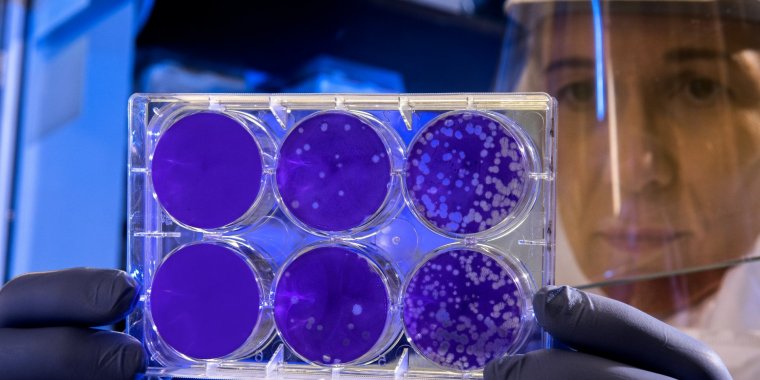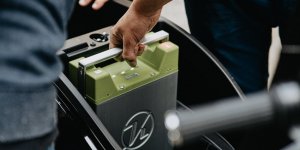| News / Science News |
Hydrogen sulphide may reverse drug resistance
Antibiotic resistance in some kinds of bacteria may be reversed using hydrogen sulphide (H2S), according to a new study.

SMART AMR study finds that exposing bacteria to hydrogen sulfide can increase antimicrobial sensitivity in bacteria that do not produce H2S. Photo: CDC on Unsplash
Prior to the release of the study, it was believed that H2S, a gas that smells of rotten eggs, served as a “universal defence mechanism” in bacteria against antibiotics.
Researchers from the Singapore-MIT Alliance for Research and Technology (SMART), MIT's research enterprise in Singapore, tested this concept on Acinetobacter baumanii, a pathogenic bacteria that does not naturally produce H2S. A. baumanii causes infections of the blood, urinary tract and lungs, and is associated with pneumonia, meningitis and other diseases.
When the researchers added H2S releasing compounds to A. baumanii, instead of triggering antibiotic resistance, the bacterium became sensitive to multiple antibiotics, even reversing acquired resistance to gentamicin — a common antibiotic used to treat various infections.
“Until now, H2S was regarded as a universal bacterial defence against antibiotics,” Wilfried Moreira, an author of the study and principal investigator of the SMART antimicrobial resistance interdisciplinary research group (AMR IRG), said in a statement.
“This is a very exciting discovery because we are the first to show that H2S can, in fact, improve sensitivity to antibiotics and even reverse antibiotic resistance in bacteria that do not naturally produce the agent.”
The researchers believe that similar results can be achieved in an unknown number of bacterial species that do not produce H2S. “More research is necessary as other bacteria may have alternative biochemistry and responses that affect the outcome,” says Megan McBee, scientific director, AMR IRG SMART, adding that the study has opened up a treatment option against AMR.
“Our research has found a way to make the deadly bacteria and others like it more sensitive to antibiotics and provide a breakthrough in treating many drug-resistant infections,” said Say Yong Ng, lead author of the paper and laboratory technologist at SMART AMR.
AMR has become a serious threat to public health in the past years and, according to WHO, is a problem faced by every country. As of 2016, 490,000 people had contracted a strain of tuberculosis resistant to various drugs. Treatment of HIV and malaria has also been complicated by drug resistance.
“If findings hold true in animal models, a combination therapy of an H2S donor drug and an antibiotic could be a treatment option for these increasingly common infections that rely heavily on only a few antibiotic options,” says McBee. (SciDev.Net)
YOU MAY ALSO LIKE





